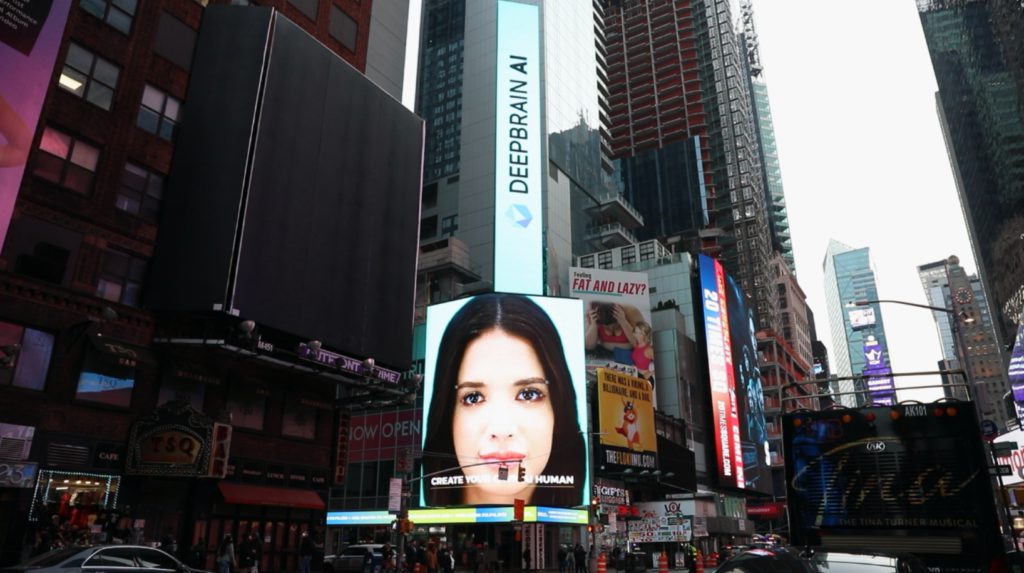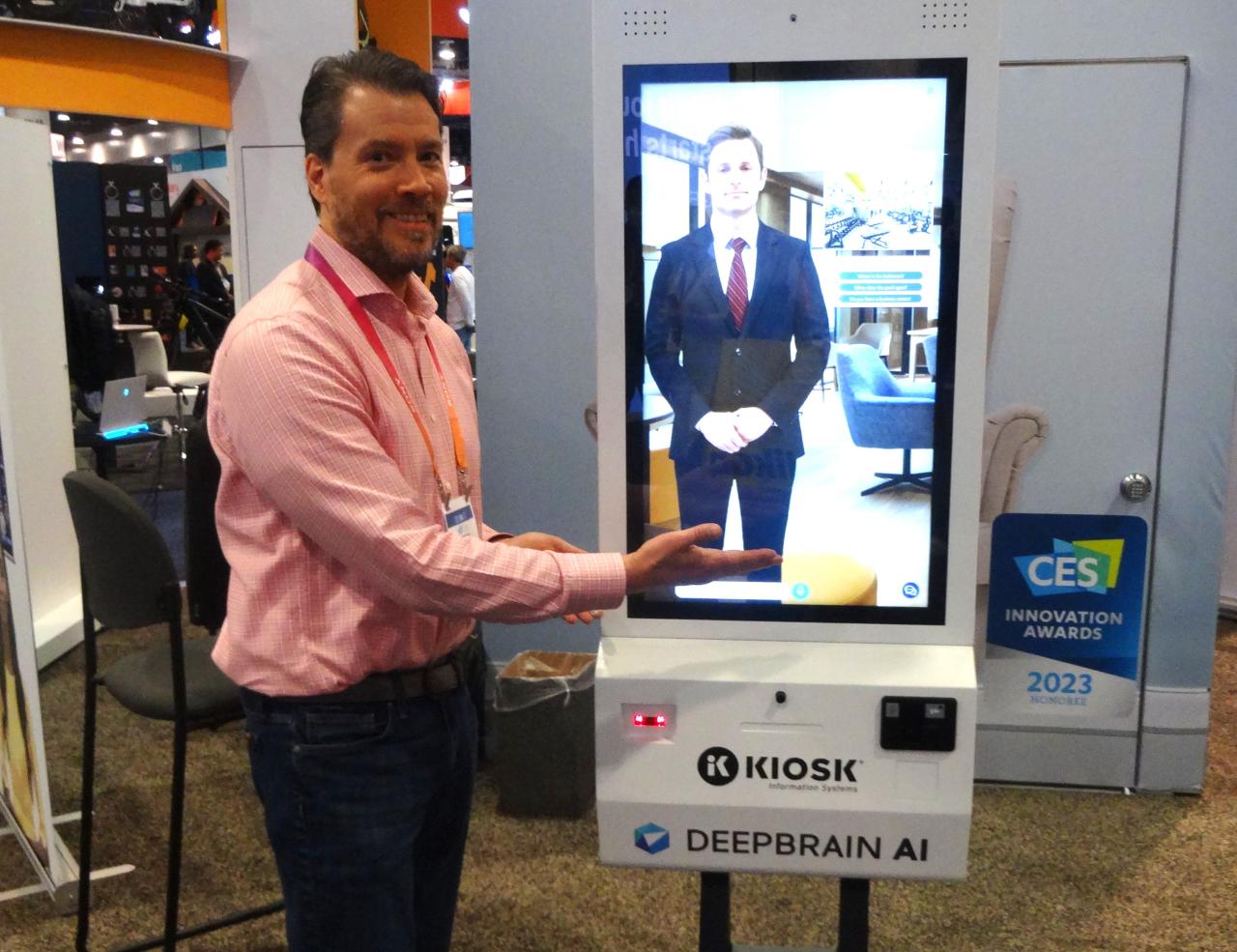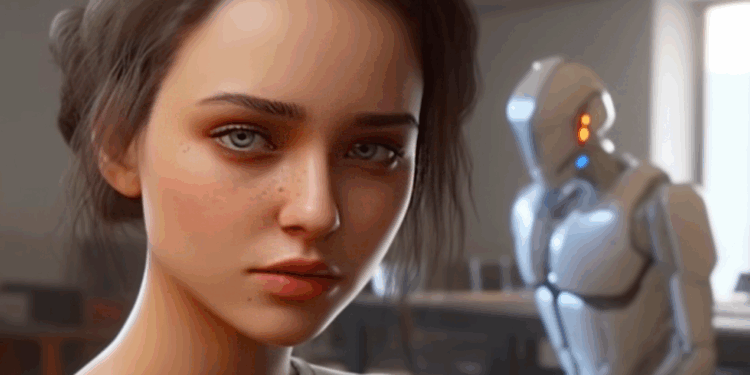The rise of artificial intelligence (AI) has infiltrated many aspects of our daily lives, from smart assistants to personalized recommendations. One of the most intriguing new developments in this realm is the debut of the AI Poetry Kiosk a groundbreaking innovation blending technology and art to offer on demand poetry generation in public spaces. This fusion of creativity and technology is opening up new avenues for inspiration, engagement, and cultural enrichment. In this article, we will explore how the AI Poetry Kiosk works, its potential impact on creativity, cultural significance, practical applications, challenges, and the future of AI driven art.
A. What is the AI Poetry Kiosk?
The AI Poetry Kiosk is a public installation equipped with advanced AI algorithms specifically designed to generate original poems instantly. Visitors can interact with the kiosk by selecting themes, moods, or specific keywords, and the AI composes a unique poem in response. The kiosk then prints the poem or displays it on a screen for the visitor to enjoy and share. This cutting edge setup combines natural language processing (NLP) with machine learning models trained on a vast corpus of classic and contemporary poetry, enabling it to craft works that resonate emotionally and stylistically with users.
B. How Does the AI Poetry Kiosk Work?

B.1. User Interaction
Users approach the kiosk and engage with a user friendly touchscreen interface. They can:
-
Choose a Theme: Love, nature, loss, hope, or any abstract or concrete concept.
-
Select Mood or Tone: Joyful, melancholic, mysterious, humorous, or inspirational.
-
Provide Keywords or Personal Inputs: Names, dates, places, or personal experiences.
B.2. AI Processing
Upon receiving the input, the AI employs several steps:
-
Context Understanding: The system parses user input to grasp the desired theme and tone.
-
Poetry Generation: Leveraging transformer based models (such as GPT variants), the AI constructs coherent, stylistically rich verses.
-
Optimization and Refinement: The poem is fine tuned to match poetic meters, rhyme schemes, or free verse styles based on preset parameters.
B.3. Output Delivery
The finished poem is delivered either:
-
Printed on a Card: For keepsakes or gifting.
-
Displayed Digitally: On the kiosk screen or via QR code to share on social media.
C. Impact on Creativity and the Arts
The AI Poetry Kiosk has the potential to transform how we experience poetry and creative writing by:
C.1. Democratizing Creativity
The kiosk breaks down barriers, allowing anyone regardless of writing skills to experience the joy of poetry. It encourages users to explore emotions and ideas in a new form.
C.2. Inspiring New Writers
By exposing people to original AI generated poetry, the kiosk serves as a creative prompt or muse, motivating individuals to craft their own compositions.
C.3. Cultural Engagement
Positioned in public spaces such as libraries, museums, parks, or transit hubs, the kiosk introduces poetry to a wider audience, revitalizing interest in literary arts.
C.4. Educational Use
Teachers and educators can use the AI Poetry Kiosk to demonstrate poetic structures, themes, and styles interactively, making learning more engaging.
D. Practical Applications
Beyond entertainment and education, the AI Poetry Kiosk has practical uses across various sectors:
D.1. Events and Celebrations
Customized poems can be created for weddings, birthdays, anniversaries, or corporate events, providing unique personalized mementos.
D.2. Mental Health and Wellness
Poetry as therapy is well known. The kiosk can generate uplifting or reflective poems that promote emotional well being and mindfulness.
D.3. Marketing and Brand Engagement
Brands can use themed poetry kiosks during campaigns to create memorable customer experiences and viral social media content.
D.4. Tourism
Installed at tourist attractions, kiosks can produce poems inspired by the locale, enriching visitors’ experiences and connection to place.
E. Ethical and Technical Challenges
While exciting, the AI Poetry Kiosk also raises several considerations:
E.1. Authenticity and Creativity
Some purists argue AI generated poetry lacks the authentic human experience and emotional depth found in traditional poetry.
E.2. Intellectual Property
Determining ownership and rights for AI generated creative works is an ongoing legal and ethical debate.
E.3. Bias in AI
Since AI learns from existing datasets, it can inadvertently perpetuate cultural or stylistic biases unless carefully curated and monitored.
E.4. Technical Limitations
Though advancing rapidly, AI still struggles with nuanced poetic devices, complex metaphors, and emotional subtleties, which may limit the depth of generated poetry.
F. The Future of AI in Poetry and Creative Arts

The AI Poetry Kiosk represents just the beginning of AI’s integration into artistic creation. Future advancements may include:
-
Multimodal Creativity: Combining AI generated poetry with music, visuals, or augmented reality for immersive experiences.
-
Adaptive Personalization: AI that learns individual users’ tastes over time to create deeply personalized poems.
-
Collaborative Creativity: Platforms where humans and AI co create, blending human intuition with computational power.
-
Expansion Across Languages and Cultures: Making poetry accessible globally with AI generated works in multiple languages and culturally sensitive styles.
The AI Poetry Kiosk is a fascinating convergence of art and artificial intelligence, democratizing access to poetry and sparking creative engagement across diverse audiences. As technology continues to evolve, such innovations will likely reshape the cultural landscape, offering fresh ways to connect, reflect, and express through the timeless medium of poetry. Embracing this new frontier promises exciting opportunities for both creators and consumers of art worldwide.












